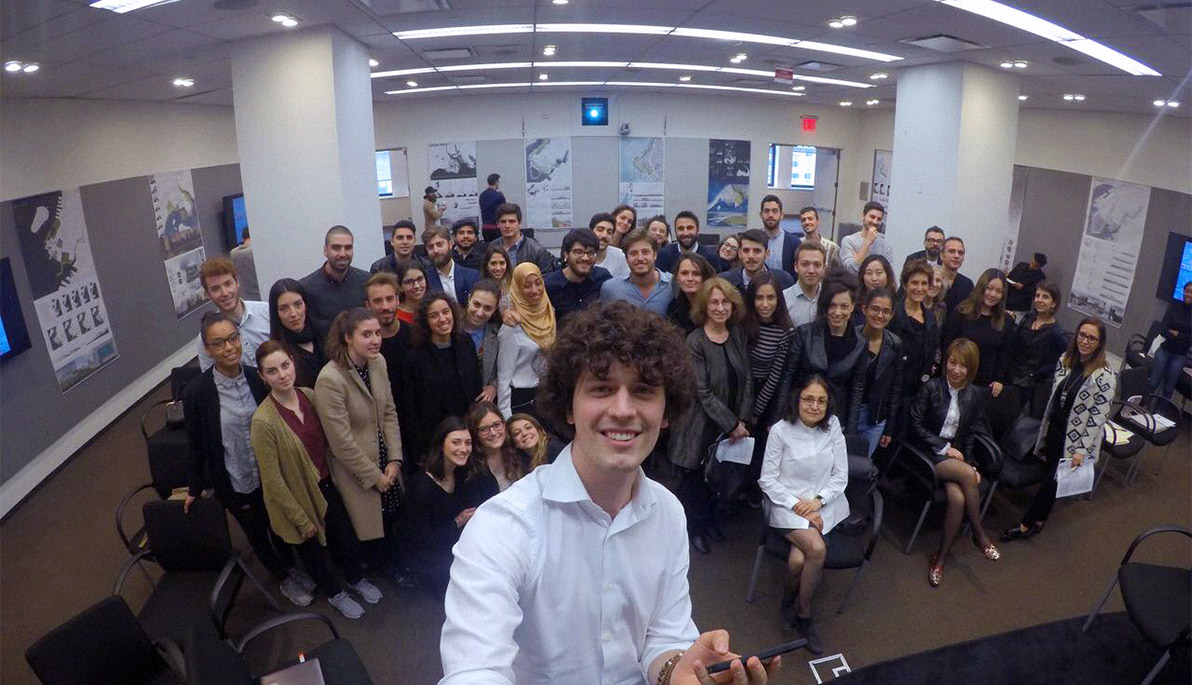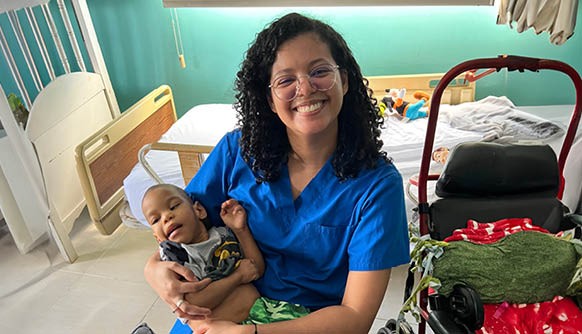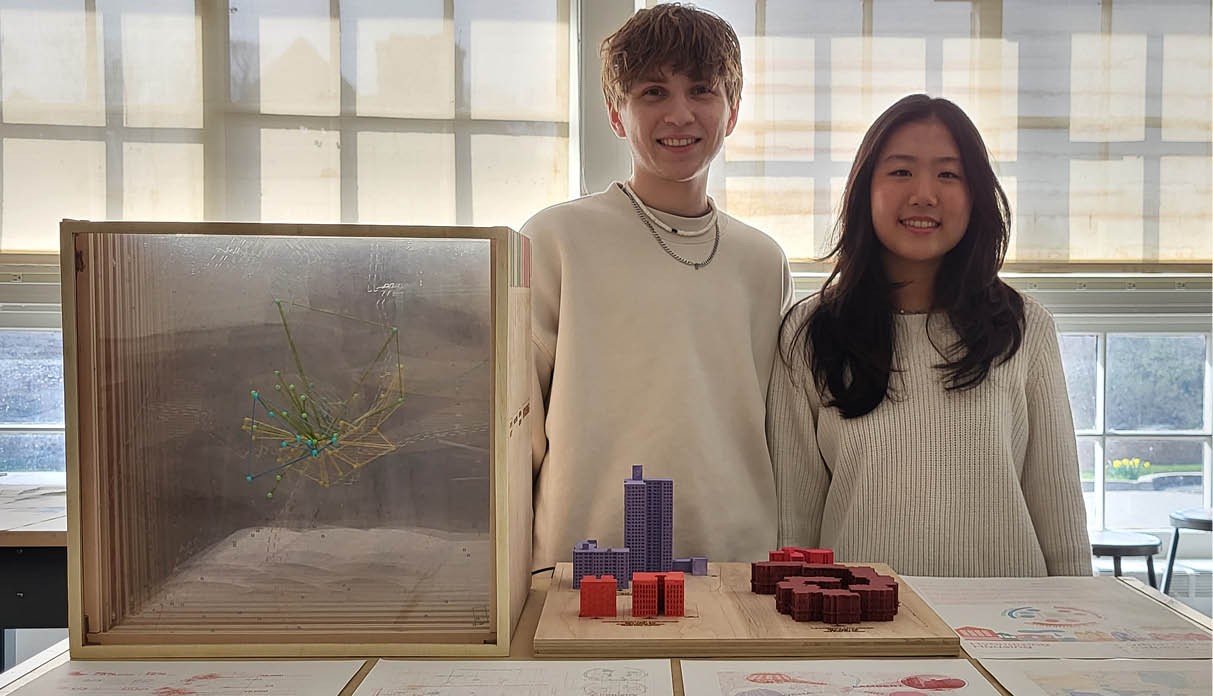News
Architecture Students “Break Down” Urban Sites in NYC
June 1, 2017
Photo: Students from Politecnico di Milano gather for a photo with guest reviewers at the final review of the projects.
Following a 10-day trip to Italy in January, 10 NYIT architecture students reconnected with peers from Politecnico di Milano’s School of Architecture in April to collaborate on resilient design ideas for an international workshop, “Metabolism of a City.” The students were tasked with revitalizing two sites in New York’s Hudson River corridor: Red Hook in Brooklyn and Hunts Point in the Bronx.
“The workshop is part of an on ongoing international exchange agreement between the schools,” said Giovanni Santamaria, visiting assistant professor at NYIT School of Architecture and Design. He says these experiences give students the opportunity to share approaches and knowledge, giving them an expanded understanding of urban contexts to develop appropriate design ideas.
Once the Italian students arrived, they had a week to visit the sites and get working on proposals for redeveloping the neighborhoods, selected as part of a theoretical research project on post-industrial environments. Both Red Hook and Hunts Point face myriad issues related to climate change, pollution, retrofitting of urban and building structures, and productive land, all of which were viewed by the students through the lens of ecological and landscape urbanism. Theories were discussed among international and guest lecturers, including Santamaria and Maria Perbellini, dean of the School of Architecture and Design, at the Metropolitan Identity symposium in April.
“In New York, we give a bit more importance to the environmental issues of a site,” said NYIT student Alviamo Dodaj, who noted that his Italian colleagues focused more on architectural theory and history.
“It helps in defining similarities and differences, and through these new values, develop best practices,” said Santamaria. “Sometimes being an outsider helps us see issues that are overlooked by locals.”
In just one week, the students presented well-thought-out proposals. “It’s always extremely exciting to see these young minds producing such visionary and critically valuable design schemes,” Santamaria said. “Through this process, they learn to work collaboratively within diverse contexts and to be open minded.”





